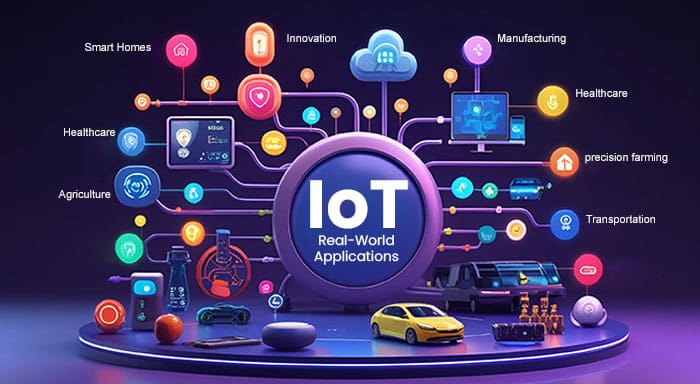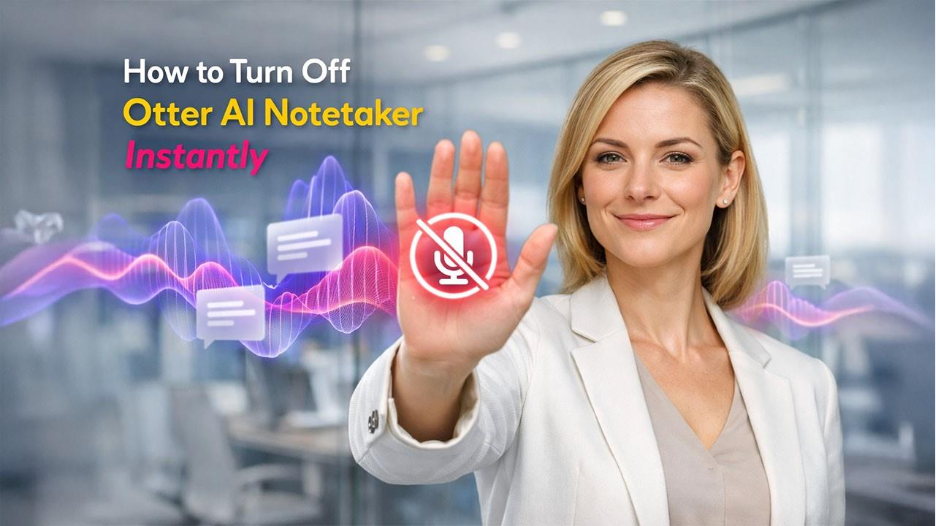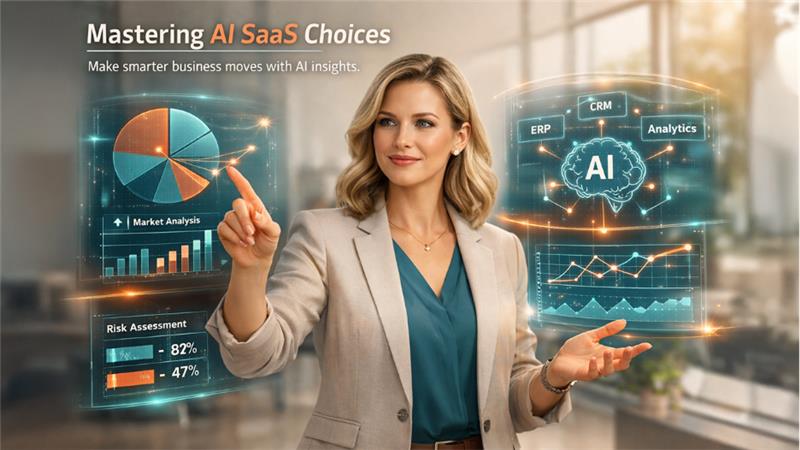The Internet of Things has considerably transformed in the past few years and allows seamless communication between machines, humans, and data by connecting everyday objects with the Internet. IoT solutions are designed to simplify daily tasks across various industries, including healthcare, manufacturing, agriculture, and finance, by automating processes and minimising human efforts.
From making smart homes and self-driving cars to fraud detection and automated evidence-gathering systems in law, IoT applications are reshaping various industries to enhance efficiency and accuracy. This effective transformation makes industries more efficient, reduces costs and energy, and enhances the convenience of everyday life. Let’s explore some of the most significant applications of IoT in this blog, which has a huge impact.
Top Applications of IoT
IoT is a versatile and reliable technology that enhances many aspects of our lives, transforming impossible things into possible. This evoluNtion in IoT can help people with tracking their pets, early disease detection, weather forecasting, and traffic management. Below, we give 10 top applications covering diverse industries.
IoT in Healthcare: Personalised Patient Care
In the healthcare industry, IoT technology transforms patient care and streamlines operations with significant advancement. The IoT innovation in medicine can save lives by early and accurate diagnosis of disease, reducing hospital stays, getting real-time information, increasing machine efficiency, and decreasing the chances of breakdowns and system failure.
Remote Monitoring
Wearable IoT devices, such as smartphones and fitness trackers allow patients to monitor their health remotely. Integrating sensors into patient’s homes helps doctors keep track of their health and recovery and also get immediate real-time alerts of patient health status. This IoT application is perfect for old citizens, children, and those suffering from chronic diseases.
Smart Medical Equipment:
IoT-enabled smart medical devices allow more personalized and accurate treatment for each patient. From smart inhalers to glucose monitoring systems, these systems enhance efficacy, and accuracy and reduce the risk of complications; they also inform doctors if any anomalies occur for prompt medical attention.
IoT in Agriculture: Eco-friendly Future
IoT in agriculture is among the famous applications of IoT around the world, which helps in defining the availability of resources and the amount required for the crop. Smart farming can transform how we do farming and make the agriculture industry more efficient. However, integrating IoT technologies in agriculture can help farmers increase production with cost-effective methods.
Smart farming for better yields:
IoT devices offer an effective solution for monitoring farms remotely from soil moisture to weather conditions. This system allows farmers to take immediate action without wasting time and resources for minimzing waste and utilize resources efficiently. Farmers can now monitor and control the soil condition, moisture, and dryness and easily take informed decisions about soil health, pest control, fertilisation, and irrigation.
Monitoring Livestock Health
IoT-enabled farming is not just about transforming crop management but also improving the way farmers take care of their livestock. Various applications of IoT, like wearable sensors and RFID tags, help farmers track animals, their movements, health status, and feeding habits. They can also identify the health status of the animals; with the help of these systems, farmers can detect the issue earlier and take timely medical attention to reduce the risk of disease.
Industrial IoT (IIoT): Improving Efficiency
IIoT transforms how factories operate and significantly improves operational efficiency, safety, and productivity. From reducing downtime to streamlining the supply chain, IoT optimizes production and cost breakdowns to boost efficiency and productivity.
What is the Key Difference Between IoT and IIoT? A Detailed Walkthrough
History of IoT: Analyzing the Origins of IoT
Identify and prevent breakdown before it happens:
Predictive maintenance embedded with IoT sensors allows manufacturers to keep updated with the health of machines, monitor performance, and get alerts of unusual activities like vibration, overheating, or system failure. By early detection of these issues, businesses can prevent expensive breakdowns, save money and energy, and streamline operations smoothly.
Simplify Supply Chains
The Internet of Things is also crucial for enhancing supply chain efficiency, productivity, and decision-making. IoT applications improve the logistics of goods and boost the safety of shipments. The embedded sensors keep track of the real-time locations and conditions of the product, ensuring the product arrives at the desired location on time. This transparency helps businesses deal with any issue on time, reduces delays, and keeps customers happy.
Smart Homes and Offices: Boost Convenience and Efficiency
Integrating IoT applications in the home and office enables monitoring and controlling the linked devices remotely, like bulbs, fans, doors, theft alarms, and humidity. These systems use smart sensors to connect and configure devices to the internet for control from a mobile application.
IAQ (Indoor Air Quality) monitoring
Air quality monitoring systems allow sensors to continuously measure the quality of air, temperature, CO2, and humidity, and users can control and manage their indoor air quality via phones. These systems transmit the data continuously to the cloud platform for real-time monitoring and analysis of quality metrics and send alerts and notifications directly to the smartphones and web interface.
Automation of Home and Office:
IoT devices help you make your home and office smart and automated, which allows controlling the various home appliances automatically or remotely. These systems are used to control lighting, automate kitchen appliances and bathrooms, and make a smart garden to reduce time, energy, and efficiency to boost convenience.
Conclusion: Real-World Applications of IoT
In the rapidly changing world, the revolution of IoT changes our way of living and reshapes the future both in personal and professional life settings. All the innovations mentioned above are some applications of IoT that help individuals by simplifying their everyday tasks, increasing accuracy, and saving time and effort in many aspects of our lives. Industries can utilize these technologies to stay competitive in the market and boost their efficiency and productivity.
Implementing IoT applications brings numerous benefits, including personalized experience, enhanced security, boosted productivity, and saved savings.



